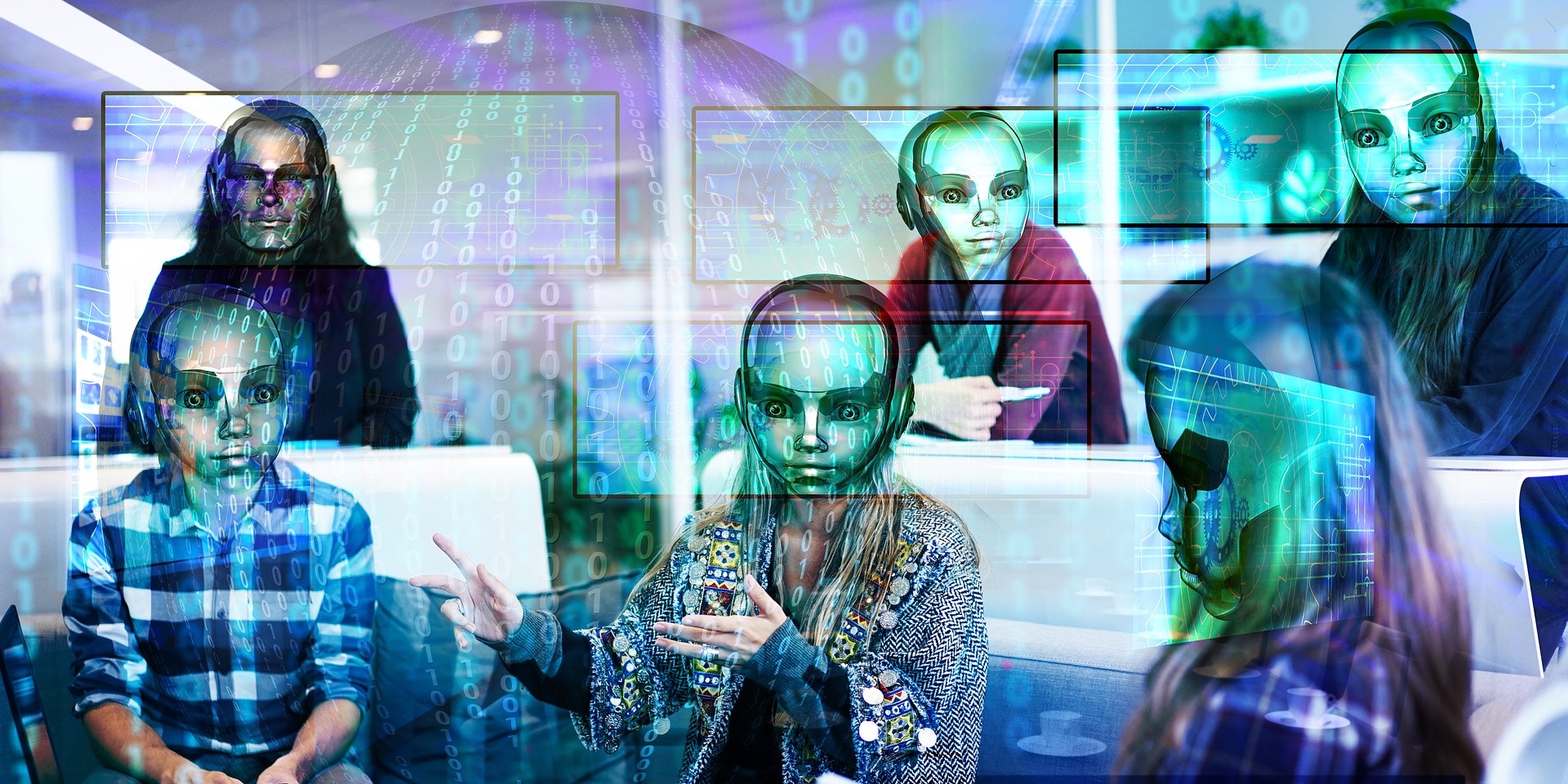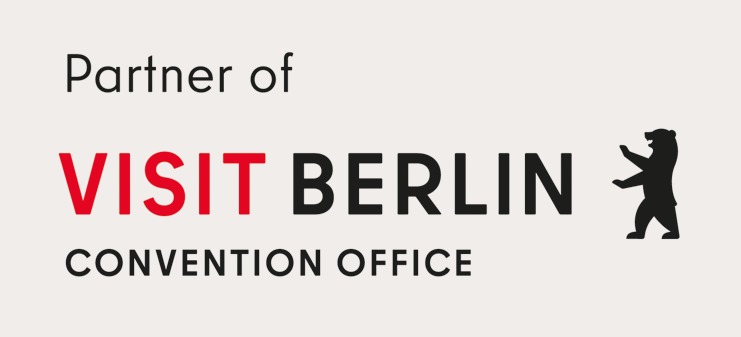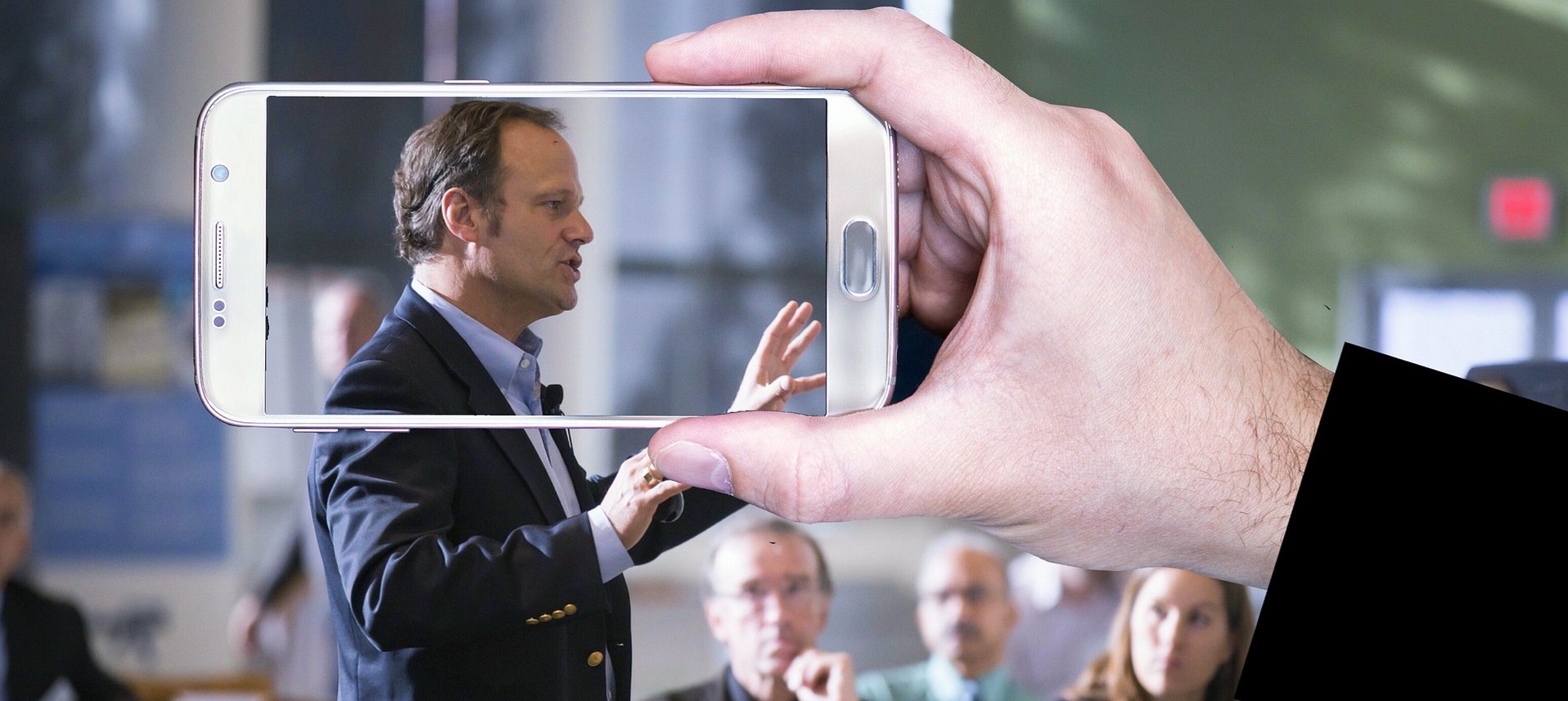
…how technology is revolutionizing events
The pandemic-related measures are expiring, the event industry is evening out again. But some changes remain. The role of technology is becoming increasingly important and offers new opportunities to combine live events with digital elements. Due to the rapid increase in virtual events during the pandemic, digitization in the event sector has been greatly expedited. Digital components and hybrid events have become unimaginable today.

Digital events have many advantages, such as greater reach and scalability, greater flexibility, and lower costs. They are ideal for reaching large numbers of people anywhere in the world without them having to be physically present. Businesses can cost-effectively engage their audiences through online events and build lasting relationships. On the other hand, many social components that cannot be translated into the digital world are omitted in this type of event. Digital networking, for example, can never replace an analogue exchange with the associated atmosphere. But there are more and more exciting hybrid concepts that want to combine the best of both worlds.
Hybrid events are a combination of live and online events. Part of the event takes place live and other aspects are dealt with as part of digital communication strategies. These have the benefit of giving attendees the opportunity to attend the event either physically or virtually, which can result in increased reach and a wider audience. The mix of analogue and digital elements also strengthens the interactivity and networking opportunities between the participants. Both target groups – presence and digital – should be offered an equal experience. However, equivalent does not mean that exactly the same is experienced. It’s about experiences at eye level. In 2023, on-site events will contain more digital elements and touchpoints, supported by event tech. This allows valuable insights to be gained into the behavior and interests of the participants.
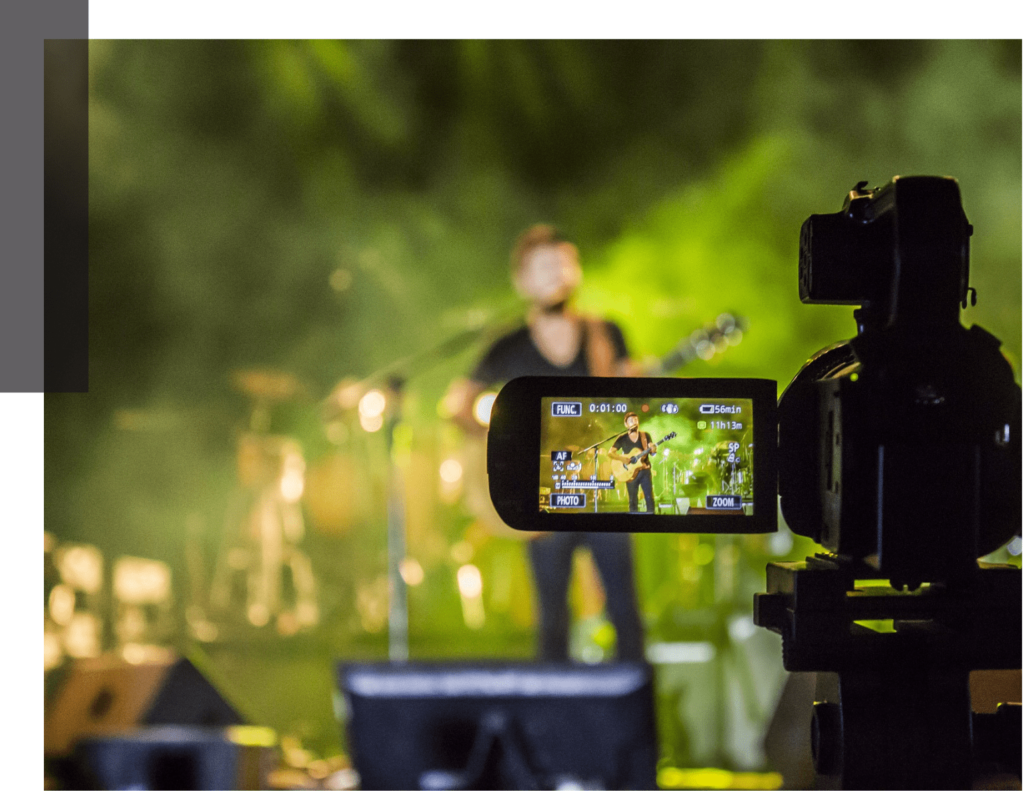
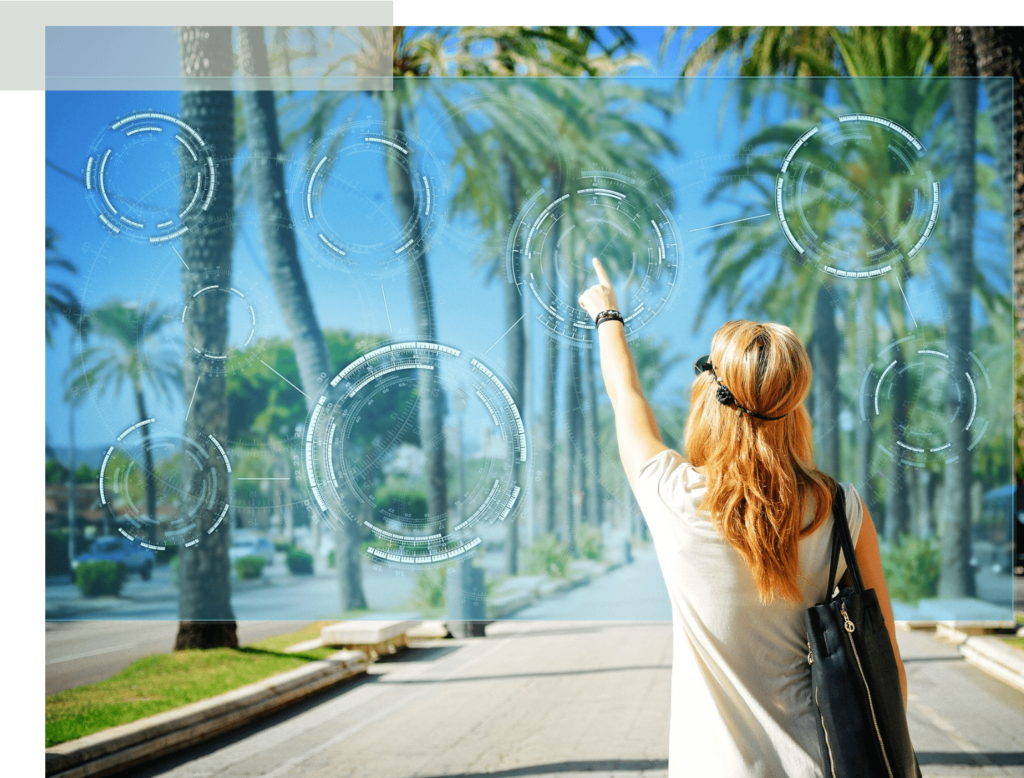
Whether concerts, trade fairs, conferences, or other events – the integration of digital elements makes it possible to expand the event experience for visitors and create an all-round successful experience. But what does this integration of digital elements look like and how can they contribute to the success of an event? One possibility is the implementation of virtual reality and augmented reality. With these technologies, visitors can, for example, immerse themselves in a virtual world and enjoy interactive experiences. It is thus possible to create a virtual experience of a city in an exhibition hall or to give conference visitors access to a virtual meeting room.
Another example is the use of social media platforms. Here event attendees can exchange ideas and get in touch with other participants or speakers. Recordings of live broadcasts can also be retrieved and shared later. The integration of live stream transmissions is of particular interest for events that cannot be attended by everyone who is interested. In this way, participants in conferences or lectures can also take part from a distance and get in touch with other visitors. Digital elements can also be beneficial in event marketing. Personalized apps can be used to address attendees in a targeted manner, to be informed about the event and also to place advertisement

